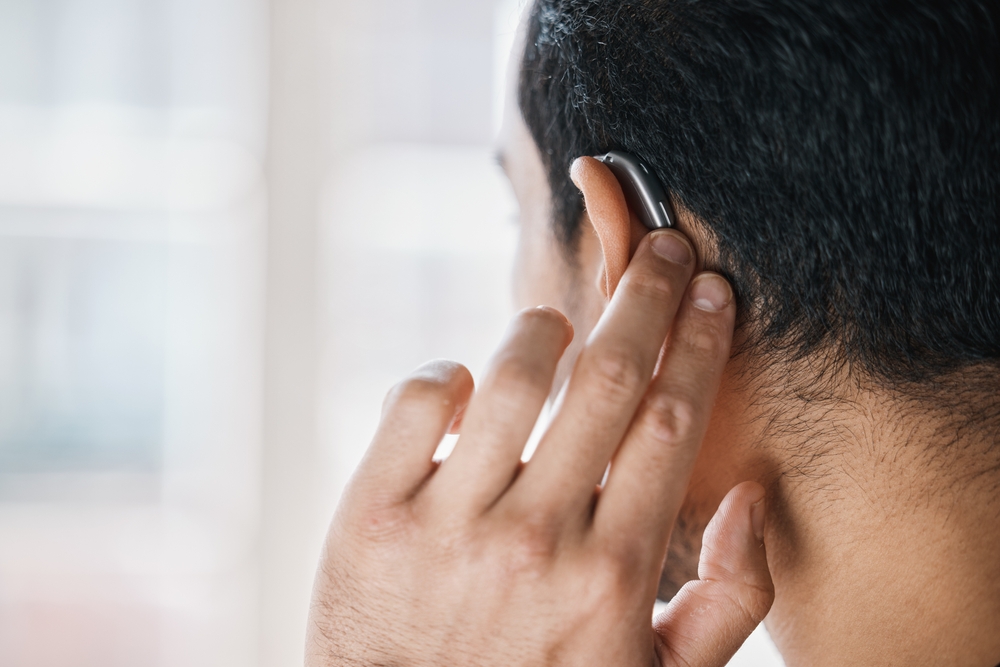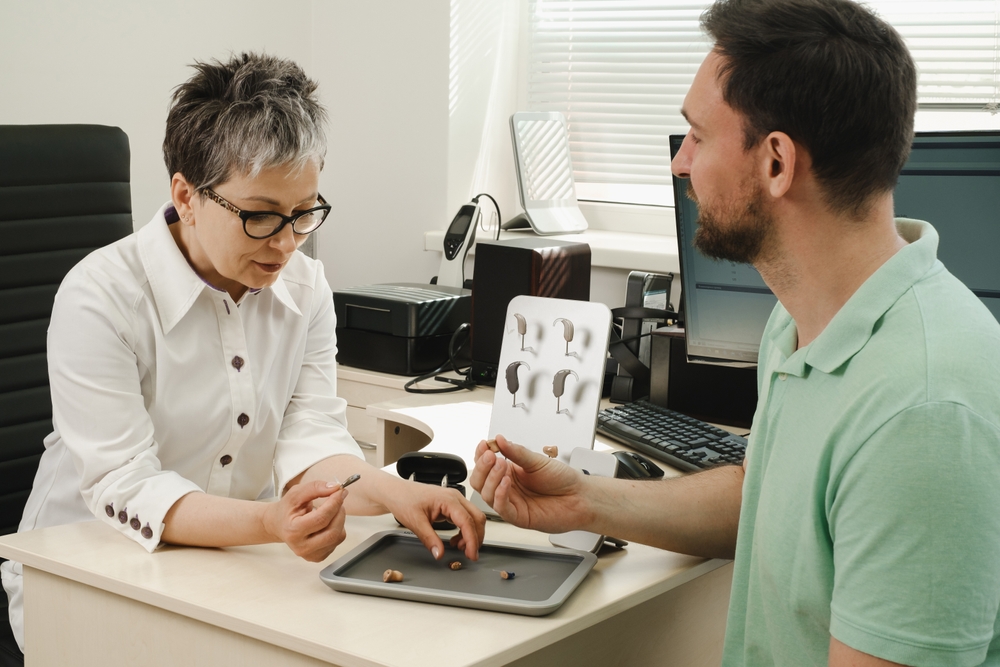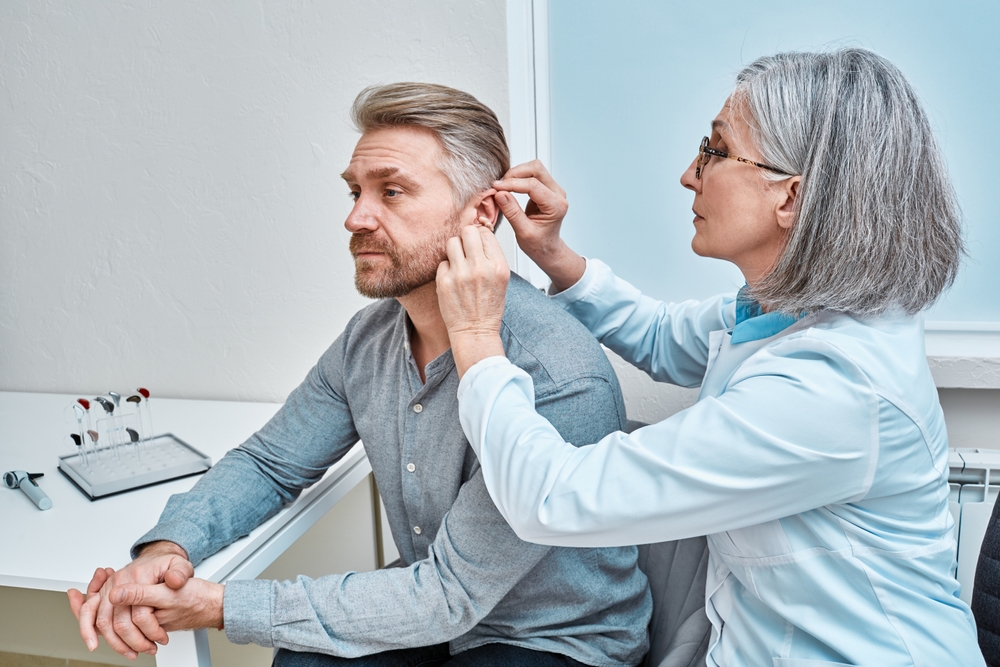While it may be true that older hearing aids are better than nothing, chances are what little benefit you get from them comes at a cost. Hearing aid technology has advanced a lot in the last few years! It’s gone from analog to digital, for one thing, and there are features now that weren’t even in the design phase a decade ago.
If you’re considering upgrading your hearing aids, there are a few things you’ll need to do to choose the right ones for your needs. First, you’ll need to have a hearing test to determine if your degree of hearing loss has changed. Once you know how much hearing loss you have, you can start to narrow down your choices. Here are some reasons why its probably time for an upgrade.
Hearing aid reliability
Older or even low-quality hearing aids have real problems like that annoying buzz you hear every once in a while. And, what about feedback whenever you get close to a phone? Sometimes there’s a shrill feedback sound that seems to come out of nowhere, too. Newer models compensate for common issues so that you hear feedback less often.
Volume isn’t enough
Ten years ago hearing aids mainly focused on fixing the volume. Today, hearing aids are equipped with much better technology,
- Background noise reduction: Modern hearing aids use a variety of techniques to reduce background noise, including directional microphones, noise filters, and feedback cancellation. Directional microphones focus on the sound coming from the front of the wearer, while noise filters reduce unwanted sounds from all directions. Feedback cancellation helps to prevent the whistling sound that can occur when hearing aids are not fitted properly.
- Improved sound quality: Today’s hearing aids offer much better sound quality than older models. This is due to advances in digital signal processing, which allows hearing aids to more accurately reproduce sound. In addition, many hearing aids now offer features such as multiple programs that can be customized to different listening environments.
- Voice focus: Some hearing aids also offer voice focus, which helps the wearer to focus on the voices they want to hear. This is done by using directional microphones to pick up the sound of the desired voice and then amplifying it. Voice focus can be helpful in noisy environments or when the wearer is trying to hear someone who is speaking softly.
- Bluetooth capability: Allows hearing aids to connect to other devices, such as smartphones, TVs, and other smart devices. This can be helpful for streaming music or making phone calls.
You have to replace the batteries – a lot
Cost is always a factor when it comes to a hearing aid upgrade. The new technology is not cheap, but neither is wearing old, out-of-date hearing aids. Analog devices need new batteries a lot. If you are replacing the battery on a daily basis, or even more often than that, the cost adds up.
Old hearing aids can potentially spend more time at the shop, too. If you think of your hearing aid as a 1992 Buick, you get the idea. It’s in the shop more than it is in your ear and the repairs are not cheap.
You’re not able to hear at work
Studies show that hearing loss can mean a lower paycheck. Doesn’t it make sense then that better hearing aids would be a career asset? You will hear your boss and customers better. You will follow directions without wondering if you got it right and had essential conversations without worrying about whether your hearing aids will hold up or not.
Of course, better communication means a better quality of life, as well. You don’t have to sit like a wallflower in the middle of conversations anymore. Jump in and engage with the people around you.
You’re looking for something more discreet
When you look in the mirror at your old hearing aid, what words come to mind? Clunky? Obvious? OMG? One of the most significant benefits that come with replacing old hearing aids is style and flexibility. Today’s hearing aids come in a variety of shapes, sizes, and colors. You can have one tucked into your ear so no one will ever see it, or you can make a fashion statement with a visible hearing aid in your favorite color.
If you’re thinking about getting hearing aids, or if you’re already wearing them but not happy with the results, consider upgrading to a newer model. Technology has come a long way in the past few years, and there are now hearing aids available that can do things that were never possible before. Give us a call today to discuss your options
Contact a hearing specialist today! Find a provider in your area to schedule an appointment by searching providers near you.



